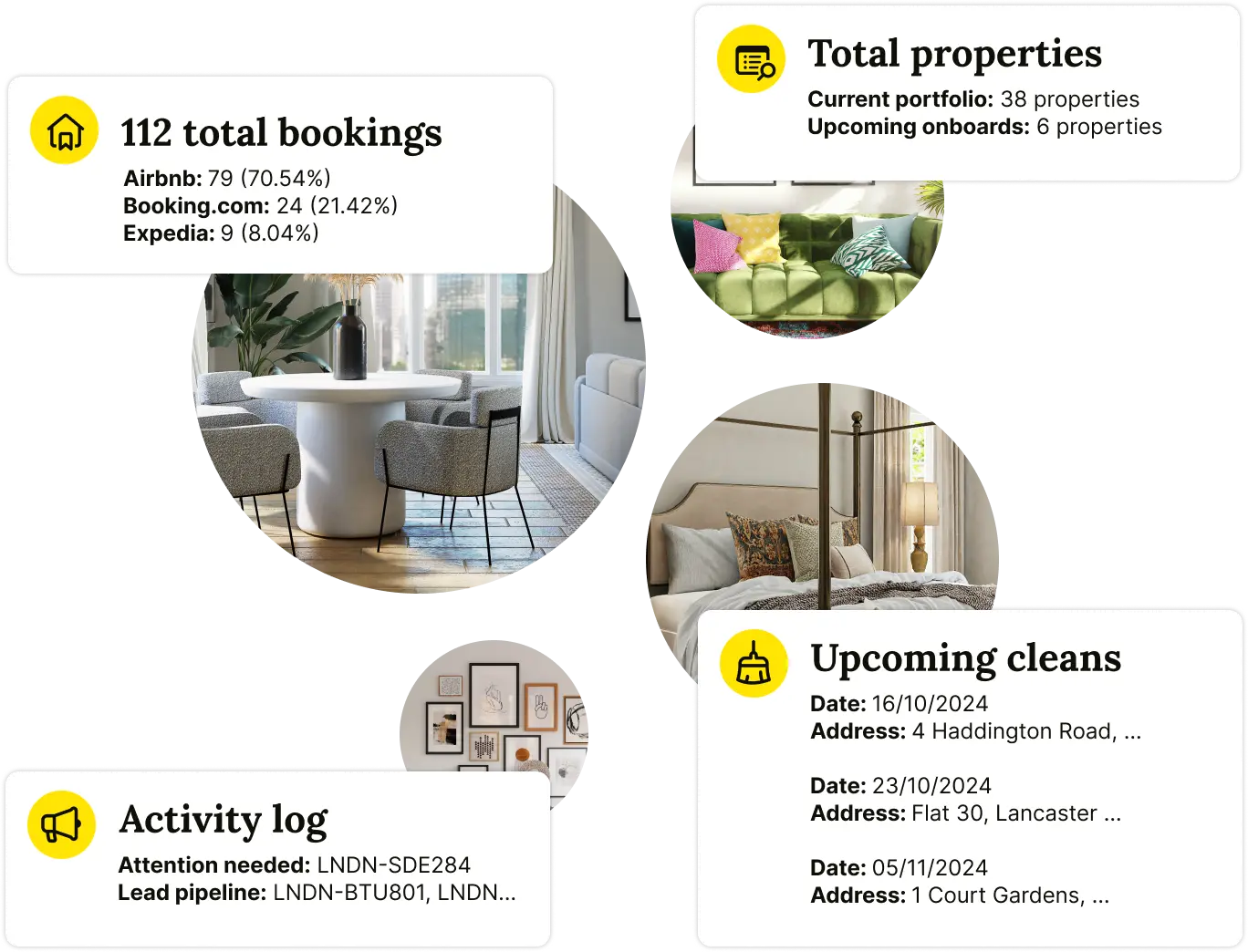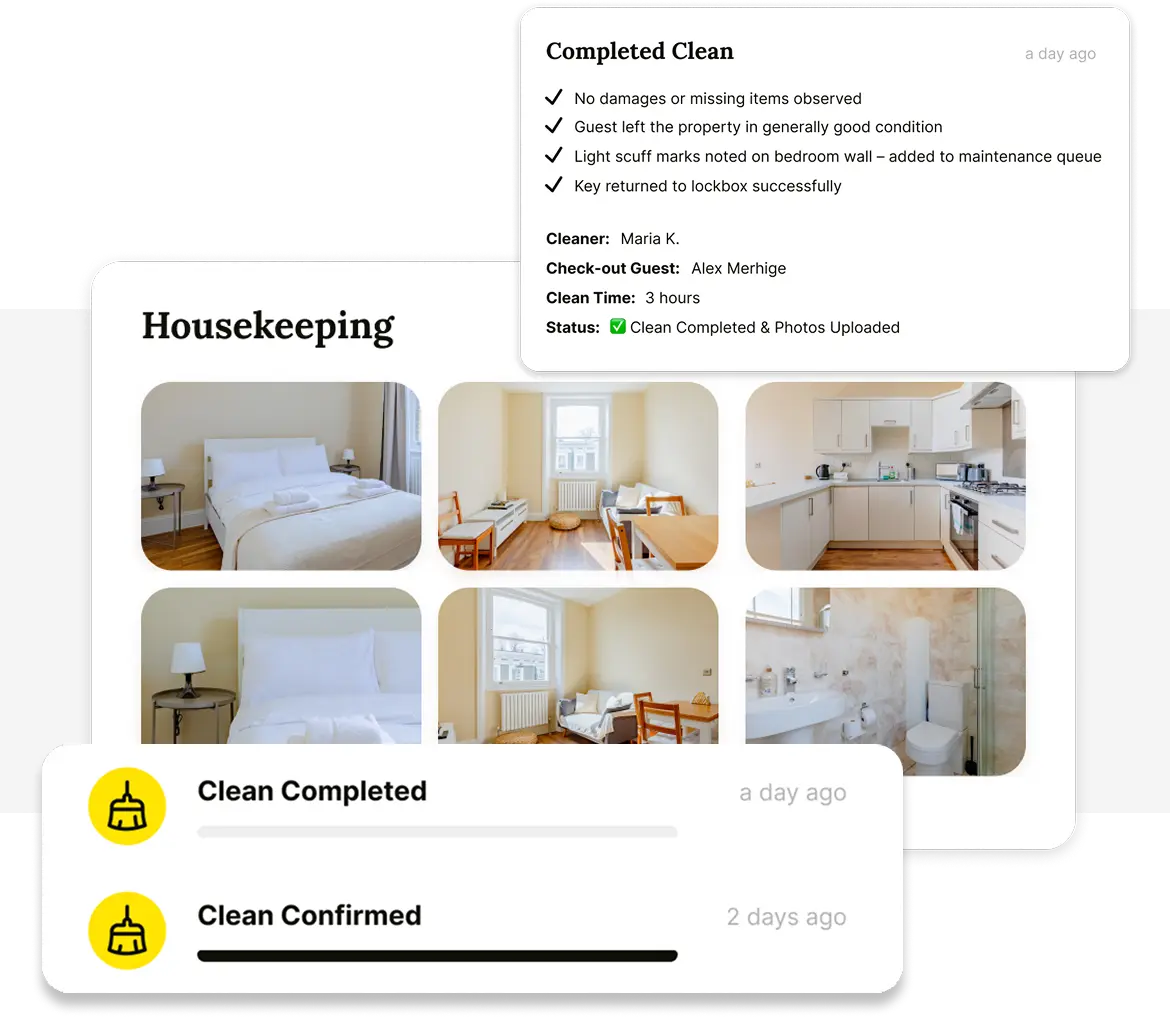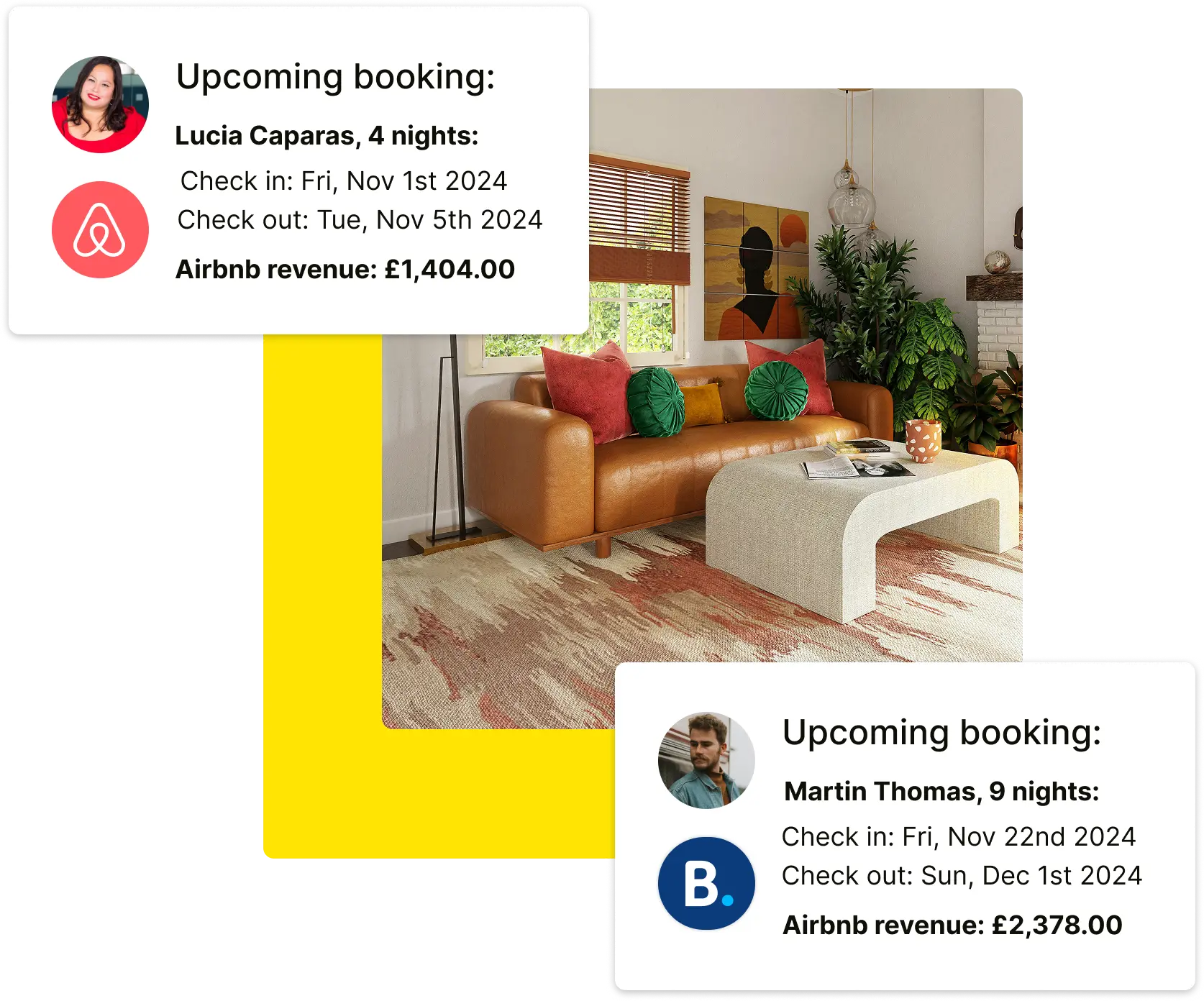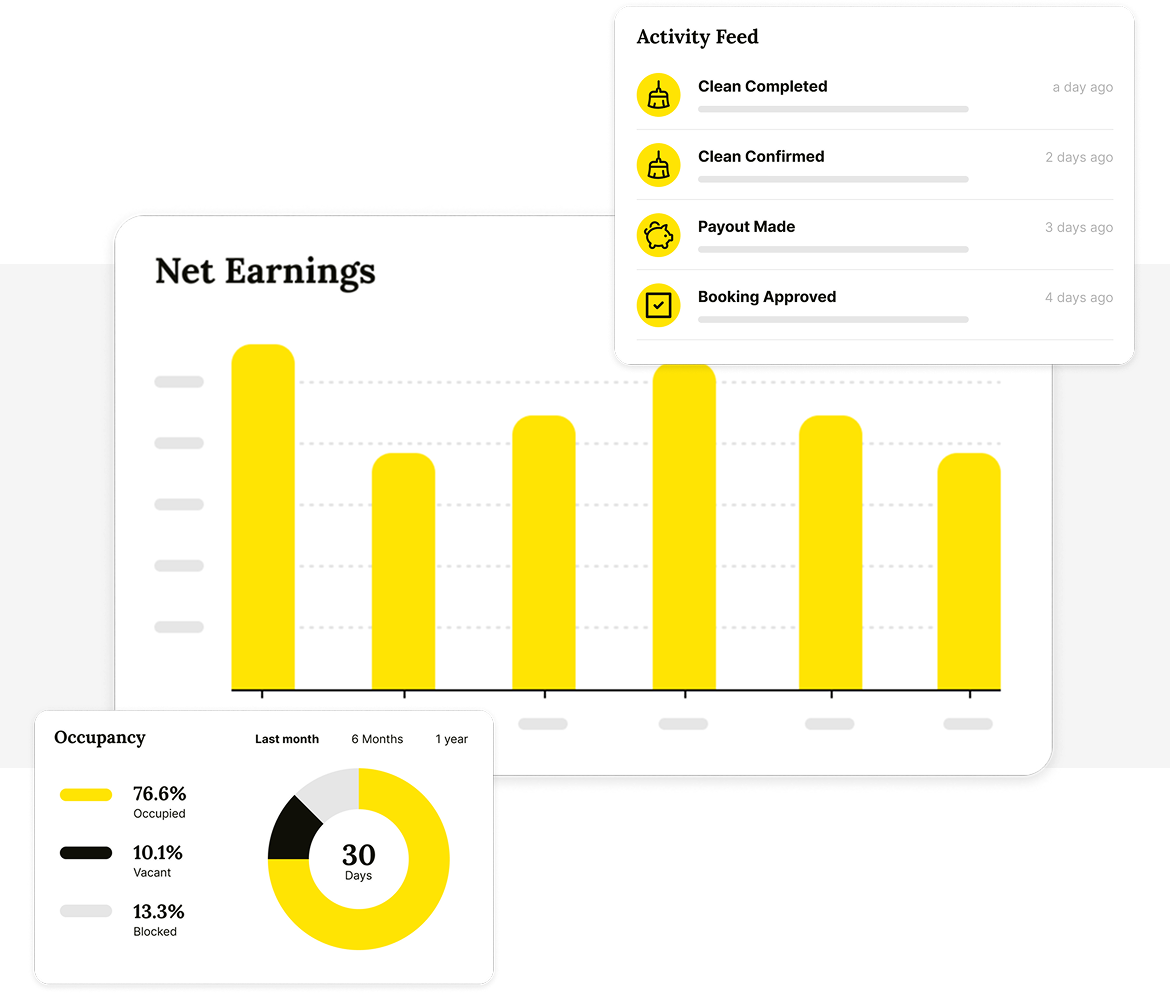Can you become financially well-off by creating a big collection of properties you rent in Australia today?
The answer is yes. It's straightforward, but it's not a piece of cake.
Let's break it down. It's straightforward if you follow what many smart property investors have done. They've gathered a bunch of really good properties that make money while they relax, giving them financial freedom.
But it's not a walk in the park because 92% of Australian property investors don't go beyond owning just one or two properties for investment.
But here's a more positive way to think about it. If loads of regular Australians have figured out how to gain financial freedom through property, there's no good reason why you can't also create a big bunch of valuable properties for yourself. In this article, we’ll discuss some tips for portfolio management and how to make your portfolio stand out
Table of Contents
What is a Property Portfolio?
What's a property portfolio, you ask? Well, think of it like a collection of properties owned by a person, a group, a trust, or a company.
Usually, people live in one of the properties and rent out the rest. Instead of having none or just one, building a bunch of investment properties has many advantages. Here are some of the advantages of a property portfolio:
Gaining Financial Freedom
The Australian Context
The notion that the government will provide sufficient financial security in retirement is increasingly being debunked. This has become particularly true in Australia, where the superannuation system, despite its merits, may not be enough to guarantee a comfortable retirement for many citizens. As a result, there's a growing emphasis on self-reliance and the creation of additional income streams, one of which is property investment.
The Role of Multiple Properties
While a single property might generate a stable monthly income, it usually isn't enough to support all of life's expenditures, let alone a life of comfort in retirement. Moreover, a single property is more susceptible to market fluctuations. However, when you own multiple properties, each contributing to your income through rent, the result can be a robust financial foundation that contributes significantly to your long-term financial freedom.
The Real Measure: Equity and Rental Yields
It's crucial to understand that the key to financial freedom isn't merely the number of properties you own; it's the quality of those investments. This quality is primarily determined by two factors: the equity you've built in your properties and the rental yields they generate.
Enhancing Equity
As you accumulate more properties, the collective equity — the value of the properties minus any loans against them — tends to grow. When property values increase, so does your equity, providing you with more financial leverage for future investments or other financial needs. This can create a snowball effect, where you can use the equity from your current properties to finance additional ones, perpetually increasing your overall net worth.
Diversifying Your Investments
Geographic Diversification
Spreading your investments across different types of property and various locations is critical for risk mitigation. This strategy can guard against the effects of localized economic downturns. For instance, if one city experiences a slump in property values, another city might see an uptick, thereby balancing out your portfolio's overall performance.
Asset Diversification
Beyond geographic diversification, you can also diversify by asset type. For instance, investing in commercial properties can offer benefits that residential properties may not, such as longer lease terms and potentially higher rental yields.
Multiple Income Streams
Owning several properties can provide multiple streams of income, serving as a financial cushion. If one property doesn't have a tenant for a period, the income from your other properties can help maintain your overall cash flow. This is especially beneficial during economic downturns or other unexpected life events, providing a safety net that a single property could not.
Having multiple income streams adds another layer of security, essentially creating a financial buffer that can protect you from market uncertainties and give you peace of mind.
By carefully curating and managing a diversified property portfolio, you're not just investing in bricks and mortar; you're investing in your future. This strategic approach is how you turn the dream of financial freedom into an achievable goal.
%2520(1).webp)
What Does a Well-rounded Portfolio Look Like?
Financial Freedom through Real Estate
Achieving financial freedom through real estate means owning a portfolio that not only covers its own costs but also provides you with a net positive cash flow. In the ideal scenario, this cash flow would be sufficient to cover your living expenses, thereby offering you financial freedom.
The Dual-Approach: Rental Yields and Capital Gains
A balanced portfolio incorporates properties that offer attractive rental yields and those that are primed for capital appreciation.
Rental Yields
Rental yield is calculated as the property’s annual rent as a percentage of its purchase price. In areas where property values are relatively low but demand for rental homes is high, you may find properties that offer high rental yields. Some investors prefer commercial properties for this part of their portfolio. Commercial properties often offer longer lease terms and may have higher rental yields, making them a good choice for steady, long-term income.
Capital Gains
On the other hand, capital gains focus on the long-term appreciation of property value. These are often properties located in fast-growing or already well-established desirable areas. Such areas may include neighbourhoods with high-quality schools, upcoming infrastructure developments, or positive urban transformation and gentrification.
Balancing the Two
The perfect portfolio will not lean too heavily in either direction but will maintain a healthy balance between properties primed for rental yield and those primed for capital gain. This ensures that you're both maintaining a steady cash flow in the present and investing for substantial long-term growth.
Diversification as a Safety Net
Just as diversification is crucial in any investment portfolio, it is equally crucial in a property portfolio.
Geographic Diversification
Having properties in different states or even countries can protect you against localized economic downturns.
Asset-Type Diversification
Consider a mix of residential and commercial properties, or within the residential category, a mix of single-family homes, multi-family units, and perhaps even vacation rentals.
Economic Sector Diversification
Commercial properties can also be diversified by the type of business they host. For example, a mix of retail, office space, and industrial properties can provide an additional layer of safety.
.webp)
Tips for Portfolio Management
Did you get the hang of constructing a winning property portfolio? Great, but now let's tackle the art of managing it effectively.
You've probably come across the advice that treating your property investments like a business is the way to go. It's like donning your entrepreneur hat when managing the long-term aspects of your valuable assets.
Want to know more? Here are six smart tips on the ins and outs of property portfolio management:
1. Adopt a Business Approach
Strategy Development
Planning your investment strategy ahead of time is key. This could include identifying your target areas for investment, property types, expected rental yields, and long-term capital growth. Setting up a yearly or quarterly review of your portfolio can help you fine-tune your strategy over time.
Building a Team
Don't underestimate the importance of having a strong team of experts on your side. This includes real estate agents, mortgage brokers, financial advisors, and lawyers who specialize in property law. A good team can help you navigate complex decisions and legal obligations, saving you time and potentially costly mistakes.
2. Keep Emotions in Check
Data-Driven Decisions
In the property investment game, data is your best friend. Looking at market trends, rental yields, neighborhood demographics, and other pertinent data can help you make rational decisions. Emotional buying, on the other hand, can often lead to poor investment choices that don't align with your strategy.
3. Upkeep Your Property’s Sparkle
Preemptive Maintenance
Beyond just fixing things when they break, consider a preventative maintenance schedule. This could include annual inspections of major systems like HVAC, plumbing, and electrical to catch issues before they become big problems.
Value Addition
Strategically improving properties can also lead to higher rental yields. This could mean adding a fresh coat of paint, landscaping, or even more significant upgrades like renovating kitchens and bathrooms.
4. Keep Rent Under Review
Market Comparisons
Keeping tabs on comparable rental rates in the market can give you a competitive edge. You can do this through online property sites or by consulting your property manager.
Dynamic Pricing
Consider dynamic pricing strategies, which fluctuate based on demand, similar to airline or hotel pricing. This could be particularly useful for short-term or vacation rentals.
5. Keep it Professional
Communication Guidelines
Setting boundaries and maintaining professional communication is crucial. While friendly interactions are a part of any business, the lines shouldn’t blur when it comes to rent collection and lease enforcement.
Use of Technology
Leverage technology for efficient communication and management. There are numerous property management software options available that can handle everything from rent collection to maintenance requests, making it easier to manage multiple properties.
6. Stay Informed and Continue Learning
The real estate market is dynamic, and laws and regulations change. It's crucial to stay updated with market trends, legal requirements, and other relevant information. Podcasts, webinars, books, and networking with other property investors can be invaluable sources of information.
In conclusion, effective property portfolio management requires a professional approach, strategic planning, meticulous upkeep, and constant learning. Each of these elements contributes to the optimal growth of your investments and gets you closer to your goal of achieving financial freedom.
.webp)
Elevate Your Property Portfolio with Houst
Houst, a leading rental management company, emerges as a potent ally in your property portfolio endeavours with its all-encompassing services. They take care of everything from creating Airbnb listings to taking high-quality photos, carefully screening guests, ensuring smooth Airbnb check-ins, and maintaining the property.
Houst is knowledgeable, which allows you to concentrate on expanding your business. Simultaneously, their efficient management guarantees peace of mind and the maximisation of returns. With Houst by your side, your property portfolio is in capable hands, poised to flourish.
🚀 Build a Thriving Airbnb Business with Houst
Monetize short-term rentals without owning property. Our Airbnb Business Partnership Program helps you start, scale, and automate a profitable Airbnb business with smart pricing, automation, and expert support.
💡 No Property Needed
📈 Expert Growth Strategies
🤖 Automated Hosting Tools

⭐ Rated 4.8/5 by 2,500+ Hosts

🧼 Airbnb Cleaning & Turnovers, Done Right

⭐ Rated 4.8/5 by 2,500+ Hosts

🚀 Build & Grow Your Airbnb Business with Houst
Turn your expertise into a profitable Airbnb business — without owning property.
Join Houst’s Airbnb Business Partnership Program to start, manage, and scale with ease. Get expert support, automation tools, and smart pricing strategies to maximize earnings and grow faster.

⭐ Rated 4.8/5 by 2,500+ Hosts


⭐ Rated 4.8/5 by 2,500+ Hosts

.webp)
🚀 Start & Scale Your Airbnb Business with Houst
Join Houst’s Airbnb Business Partnership Program to start, manage, and grow your short-term rental business. With expert marketing, automation tools, and dynamic pricing strategies, we help you maximise earnings and scale faster.

⭐ Rated 4.8/5 by 2,500+ Hosts



.webp)

